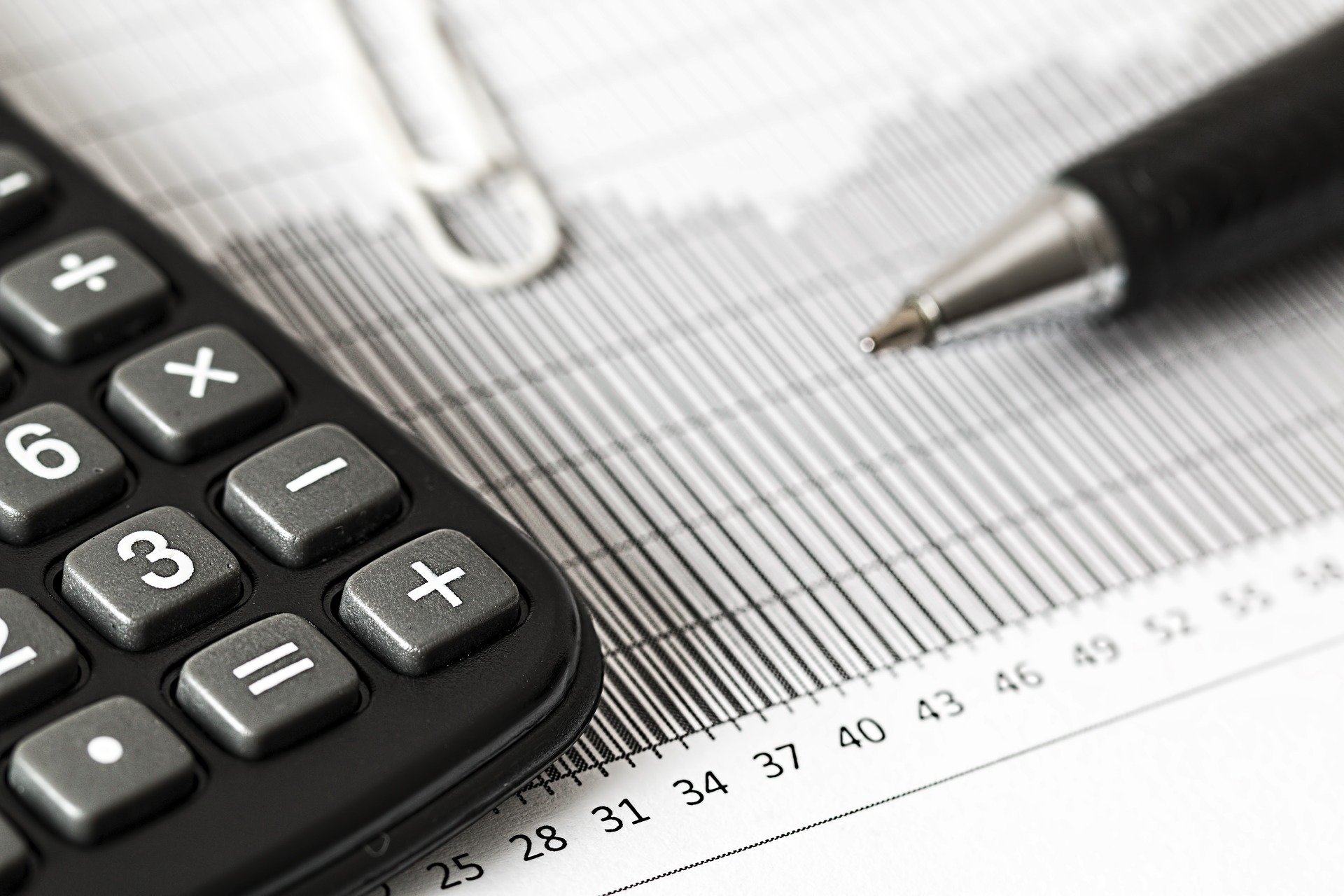As cases of COVID-19 continue to rise in the United States, researchers are hard at work to try and understand all aspects of the novel coronavirus. Researchers from the University of Texas at Austin recently published a study looking into the transmission rate of COVID-19, which measures how quickly the virus can spread from person to person.
The researchers used data collected from 468 COVID-19 patients reported outside of the Hubei Province in mainland China from January 21 – February 8, 2020. In total, the team collected data from 93 different cities in China. The research team provided insights into the onset of symptoms for both the infected patients and the people who infected them. On top of this, they reported information on the probable location of infection, which enabled the researchers to track the movement of patients and the virus.
A depiction of people connected together, which can be used to trace the transmission of the novel coronavirus.
Image Source: Orbon Alija
The study by the University of Texas at Austin noted that 1 in 10 new COVID-19 infections were caused by people who were asymptomatic, and thereby did not exhibit any symptoms associated with the virus. However, even if a person does not report symptoms, they can still transfer the virus to other people and infect them. From all the data collected, the team discovered that it takes, on average, 3.96 days for the virus to be transmitted. This transmission rate is much faster than other members of the coronavirus family such as the Severe Acute Respiratory Syndrome (SARS-CoV-1) and the Middle East Respiratory Syndrome (MERS). The transmission time for SARS-CoV-1 was 8.4 days while MERS was 14.6 days, on average. The rapid transmission rate of COVID-19 can attest to the large number of cases and the rapid spread of the virus around the globe.
The fact that the virus can be transmitted by asymptomatic COVID-19 patients makes controlling the outbreak of COVID-19 that much more difficult. During these times, it is especially important to follow state stay-at-home orders that are in place and practice social distancing in order to help “flatten the curve”. This is essential for those who fall into at-risk groups, like those with weakened immune systems and those with chronic diseases. Another precautionary measure to help protect from getting the coronavirus is to wash one’s hands often, especially after being in public places, and to wear a mask when going out in public. Based on the rapid transmission rate of COVID-19, social distancing is essential to curtail the spread of the virus.
Featured Image Source: Steve Buissinne










